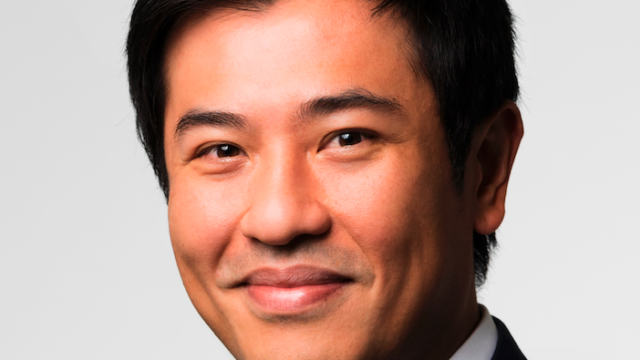Sunny Ng, Pinebridge Investments
“Our most recent move was in October, when we de-risked some of our portfolios and moved about 11% out of equities and we moved to US treasuries,” said Sunny Ng, portfolio manager for global multi-asset at Pinebridge Investments, during a recent media briefing in Hong Kong.
He added that given the amount of uncertainty in the coming year, it will be better for investors to be in US treasuries than in other riskier fixed income assets, such as high yield and investment grade credit.
As of the end of October, US treasuries accounted for 12.8% of the firm’s multi-asset fund, the Global Dynamic Asset Allocation Fund, according to its fund factsheet. It is the highest allocation in the fund’s fixed income sleeve, which is around 30% of the portfolio.
Equities now make up 43% of the portfolio, which is down compared to 63% at the beginning of the year, according to data from FE Analytics. The remainder of the portfolio’s assets are in alternatives, including listed private equity, copper and global metals and mining.
Dependent on China
Although the fund has become defensive, Ng believes that there are opportunities in both the emerging market equities and debt markets.
“But these are ideas that we wouldn’t implement until later,” he noted.
The firm’s multi-asset fund has around 5.7% of its assets in Asia-Pacific emerging market equities, down from 12.8% at the beginning of the year, according to FE data.
Ng believes that the performance of emerging markets, as well as the developed markets in Europe and Japan, will be dependent on whether China will be able to re-stimulate its economy.
“Why the rest of the world lagged behind so much is really about [the slowdown] in China,” he said.
Although headline GDP figures show at least a 6% growth in the country, other economic indicators, such as freight and cargo trade data, have remained flat since the beginning of the year, according to Ng.
But the recovery of the Chinese economy will depend on how well the government will be able to implement fiscal and monetary policy, Ng noted.
“Our view at the moment is that they still have a lot of policy room, particularly on the fiscal side, with the tax cuts being a helpful type of stimulus. Taxes continue to be relatively high, so there is room to cut on that side,” he said.
The country has also cut banks’ reserve requirement ratio (RRR) to increase the amount of cash in the country, according to Ng.
“They obviously have room with RRR cuts, although the effectiveness of that is somewhat questionable. Our work on the ground shows that people are seeing mixed messages from the central government in terms of actually moving forward with the stimulus.
“So there is still a lot of scepticism if whether that would work. But if it does work, what you are likely to see is the rest of the world moving together with the US from a growth perspective.”
The Global Dynamic Asset Allocation Fund vs the sector and benchmark indices over 3 years


















